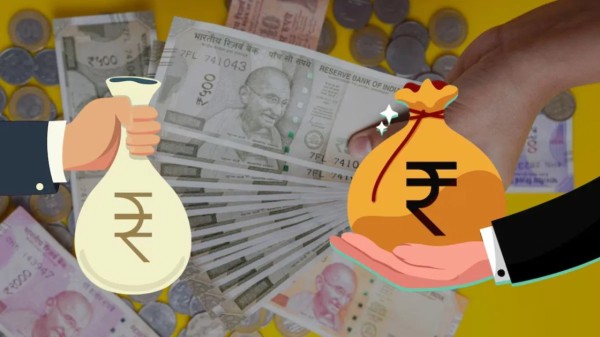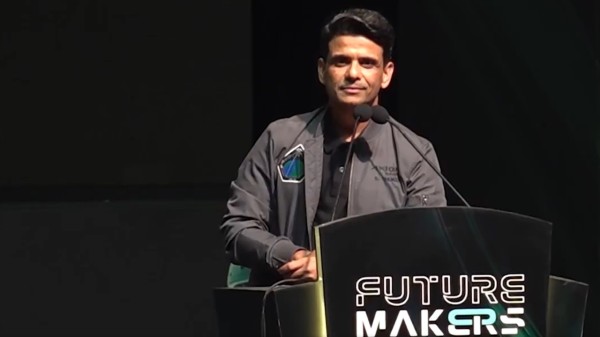

By signing in or creating an account, you agree with Associated Broadcasting Company's Terms & Conditions and Privacy Policy.


By signing in or creating an account, you agree with Associated Broadcasting Company's Terms & Conditions and Privacy Policy.

New Delhi: In what could be a defining moment for India’s defence diplomacy, Defence Minister Rajnath Singh and his US counterpart Pete Hegseth have signed a new 10-year Defence Framework Agreement, signalling a renewed phase of strategic cooperation between New Delhi and Washington. The agreement, signed on the sidelines of the ASEAN Defence Ministers’ Meeting in Kuala Lumpur, cements India’s growing prominence in the Indo-Pacific security landscape.
The latest pact between India and the United States is more than just an extension of defence cooperation. It marks a recalibration of regional strategy in light of China’s expanding influence. With a strong focus on strategic logistics, technology transfer, and joint production, the agreement lays the groundwork for a more integrated military partnership.
Under the new framework, both nations will be able to use each other’s bases, logistics networks, and maintenance facilities, enhancing operational interoperability and readiness across land, air, and sea. This is particularly vital at a time when tensions continue to rise in the South China Sea and the Indian Ocean, areas critical to global trade and maritime security.
For India, the long-term access to advanced defence technologies could prove transformative. The deal provides a boost to indigenous production and modernisation programmes, helping reduce dependency on imports while strengthening the “Make in India” initiative. Collaborative projects in drones, artificial intelligence, and next-generation warfare systems are expected to create new opportunities for Indian defence manufacturers and research institutions.
Additionally, the framework opens up new pathways for joint research and innovation, ensuring that India’s defence exports become more competitive globally. It also positions India as a vital contributor to the ASEAN security framework, deepening its ties with Southeast Asian nations through cooperative maritime efforts.
The agreement comes at a delicate moment in India–US relations. Washington’s decision in August to double tariffs on Indian goods to 50 per cent, seen as retaliation for India’s continued import of Russian crude oil, had strained economic ties. However, with Indian refiners now reducing their Russian oil purchases under new sanctions, the defence pact signals a conscious effort to rebuild trust and restore momentum to bilateral cooperation.
Notably, this is the first in-person meeting between Rajnath Singh and Pete Hegseth, following the cancellation of Singh’s earlier planned visit to Washington amid tariff tensions.
Following the signing, the US Defence Secretary shared a photograph with Rajnath Singh on X, stating: “I just met with @rajnathsingh to sign a 10-year US-India Defense Framework. This advances our defense partnership, a cornerstone for regional stability and deterrence. We’re enhancing our coordination, info sharing, and tech cooperation. Our defense ties have never been stronger."
Conclusively for India, the agreement reaffirms its dual pursuit of strategic autonomy and global influence. It enhances access to critical technologies, deepens security cooperation with a major power, and consolidates its role as a counterbalance to China in the Indo-Pacific.
The pact could also encourage greater confidence among ASEAN nations to collaborate with India in defence and maritime domains.












